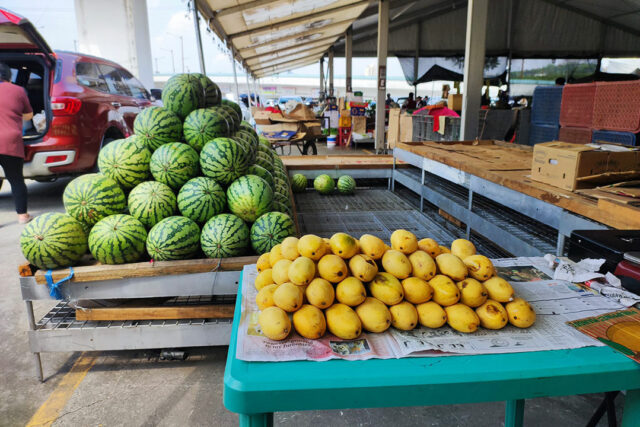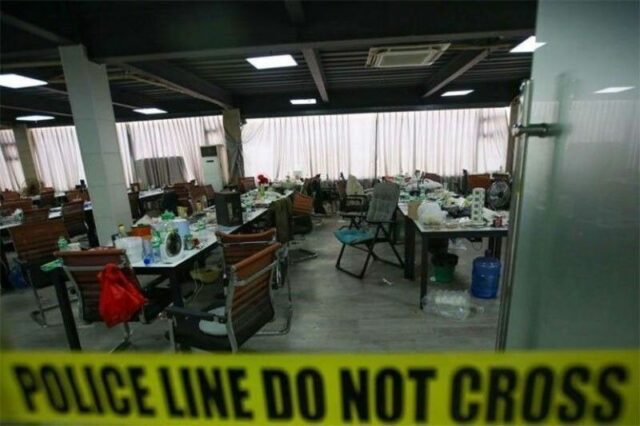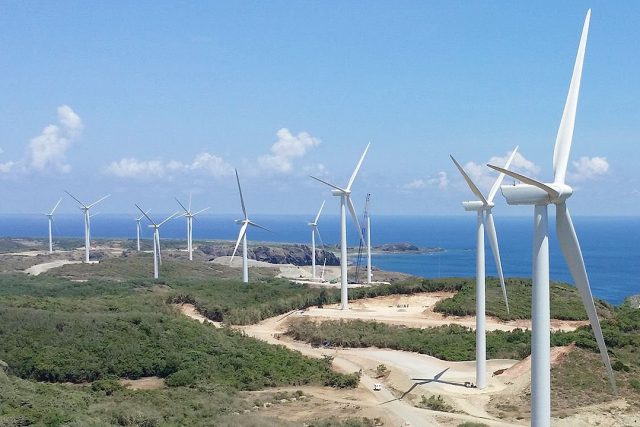PHILIPPINE SHARES rose on Tuesday on last-minute buying following a volatile session as the market remained cautious while awaiting fresh leads.
The Philippine Stock Exchange index (PSEi) increased by 0.66% or 44.25 points to close at 6,724.82 on Tuesday, while the broader all shares index went up by 0.23% or 8.69 points to end at 3,785.80.
The index opened the session at 6,729.05, higher than Monday’s close of 6,680.57. It hit an intraday low of 6,648.24 and a high of 6,742.01.
“The PSEi saw elevated volatility today as initial strength in the morning session gave way in the afternoon. Fortunately, a surge of market-on-close buying led the index higher to eke out a gain for the day,” Chinabank Securities Corp. Research Director Rastine Mackie D. Mercado said in an e-mail on Tuesday.
“Overall, the market seems somewhat cautious. On the positive side, we’re seeing selective buying, particularly in beaten-down blue chips as some investors aim to position themselves for next year. However, sentiment still appears dampened by concerns over persistent inflation and the possibility of higher interest rates lingering longer than initially anticipated,” Jayniel Carl S. Manuel, an equity trader at Seedbox Securities, Inc., said in an e-mail.
Philippine headline inflation quickened to 2.5% in November from 2.3% in October. Still, this was slower than 4.1% in the same month a year ago and was within the Bangko Sentral ng Pilipinas’ (BSP) 2.2%-3% forecast for the month.
Some analysts have said that the faster November inflation print could cause the BSP to pause its easing cycle at their Dec. 19 meeting.
“Philippine shares once again crossed over the 6,700 level to close in the green as the peso strengthened to close below P58,” Regina Capital Development Corp. Head of Sales Luis A. Limlingan said in a Viber message.
The peso closed flat at P58.01 per dollar on Tuesday, Bankers Association of the Philippines data showed. After closing at its record low of P59 per dollar on Nov. 21 and 26, the local unit has since rebounded, even returning to the P57 level last week, partly boosted by seasonal remittance inflows.
Majority of sectoral indices rose on Tuesday. Mining and oil increased by 1.31% or 98.55 points to 7,587.52; holding firms climbed 1.07% or 61.16 points to 5,730.75; services went up by 0.77% or 16.23 to 2,120.86; industrials added 0.58% or 53.34 points to end at 9,206.43; and property inched up by 0.46% or 11.66 points to 2,497.42.
Financials went down by 0.4% or 9.09 points to 2,249.28.
Value turnover was broadly steady at P8.541 billion on Tuesday with 783.54 million shares traded from the P8.54 billion with 3.32 billion issues that changed hands on Monday.
Decliners outnumbered advancers, 97 versus 88, while 59 names closed unchanged.
Net foreign buying stood at P1.34 billion on Tuesday, a turnaround from the P122.5 million in net selling recorded on Monday. — Ashley Erika O. Jose










